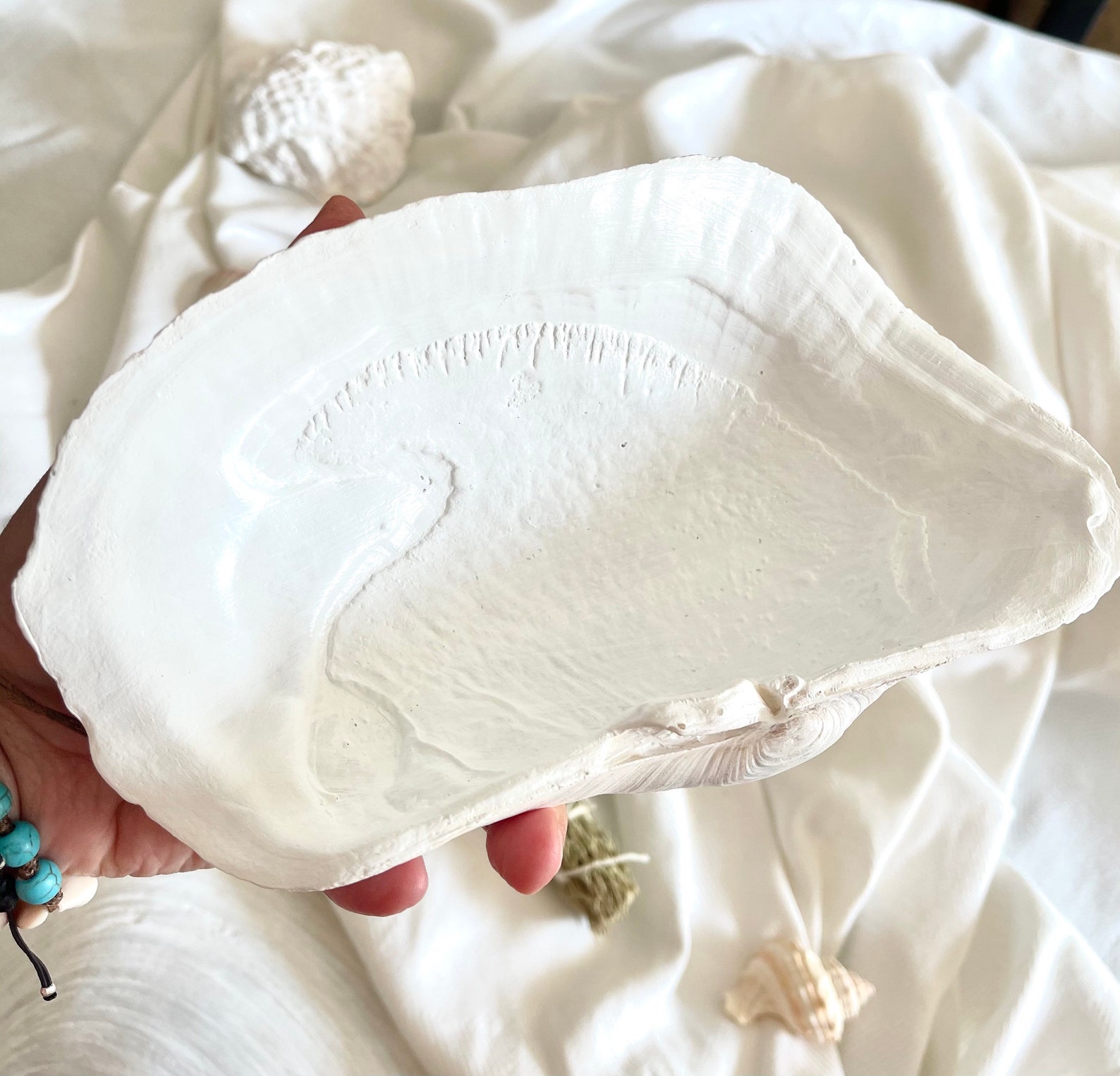

Other competitions, events, and music performances occur.

Local restaurateurs compete for the best and most original conch dishes, which are then judged by international chefs. In the Turks and Caicos Islands, the Conch Festival is held in November each year at the Three Queens Bar/Restaurant in Blue Hills. The Florida Keys were a major source of queen conches until the 1970s, but the conches are now scarce and all harvesting of them in Florida waters is prohibited and individuals who have harvested them have been punished by law enforcement. In East Asian cuisines, conch is often cut into thin slices and then steamed or stir-fried.Įighty percent of the queen conch meat in international trade is imported into the United States. It is often included as one of the dishes prepared for the Feast of the Seven Fishes. Called sconcigli, it is eaten in a variety of ways, but most often in salads or cooked in a sauce for pasta. In Panama, conch is known as cambombia and is often served as ceviche de cambombia, consisting of raw conch marinated in lime juice, chopped onions, finely chopped habaneros, and often vinegar.Ĭonch is very popular in Italy and among Italian Americans. In Puerto Rico, conch is served as a ceviche, often called ensalada de carrucho (conch salad), consisting of raw conch marinated in lime juice, olive oil, vinegar, garlic, green peppers, and onions. In the Dominican Republic, Grenada, and Haiti, conch is commonly eaten in curries or in a spicy soup. Restaurants all over the islands serve this particular seafood. It is also eaten in the West Indies (in The Bahamas, Turks and Caicos, and Jamaica in particular ) locals in Jamaica eat conch in stews, curries and other dishes. Ĭonch is indigenous to the Bahamas and is typically served in fritter, salad, and soup forms. The meat of conches is eaten raw in salads or cooked in burgers, chowders, fritters, and gumbos. Culinary use Ī group of large eastern conches or whelks of the species Busycotypus canaliculatus for sale at a California seafood market It consists of about 95% calcium carbonate and 5% organic matter. A conch shell has superior strength and is used as a musical instrument or decoration. General description Ī conch is a sea snail in the phylum Mollusca. The English word "conch" is attested in Middle English, coming from Latin concha (shellfish, mussel), which in turn comes from Greek konchē (same meaning) ultimately from Proto-Indo-European root *konkho-, cognate with Sanskrit word śaṅkha. The Triton's trumpet (family Charoniidae) may also be fashioned into a horn and referred to as a conch. Species commonly referred to as conches also include the sacred chank or shankha shell ( Turbinella pyrum) and other Turbinella species in the family Turbinellidae. Many other species are also often called "conch", but are not at all closely related to the family Strombidae, including Melongena species (family Melongenidae) and the horse conch Triplofusus papillosus (family Fasciolariidae). For example, Lobatus gigas, the queen conch, and Laevistrombus canarium, the dog conch, are true conches. The group of conches that are sometimes referred to as "true conches" are marine gastropod molluscs in the family Strombidae, specifically in the genus Strombus and other closely related genera. In the United States, a rule has been proposed to list the queen conch's conservation status as threatened.

Queen conches are valued for seafood and are also used as fish bait. In North America, a conch is often identified as a queen conch, indigenous to the waters of the Gulf of Mexico and Caribbean. Conch shells typically have a high spire and a noticeable siphonal canal (in other words, the shell comes to a noticeable point at both ends). A shell of the Florida crown conch Melongena corona inhabited by a hermit crabĬonch ( / k ɒ ŋ k, k ɒ n tʃ/) is a common name of a number of different medium-to-large-sized sea snails.


 0 kommentar(er)
0 kommentar(er)
